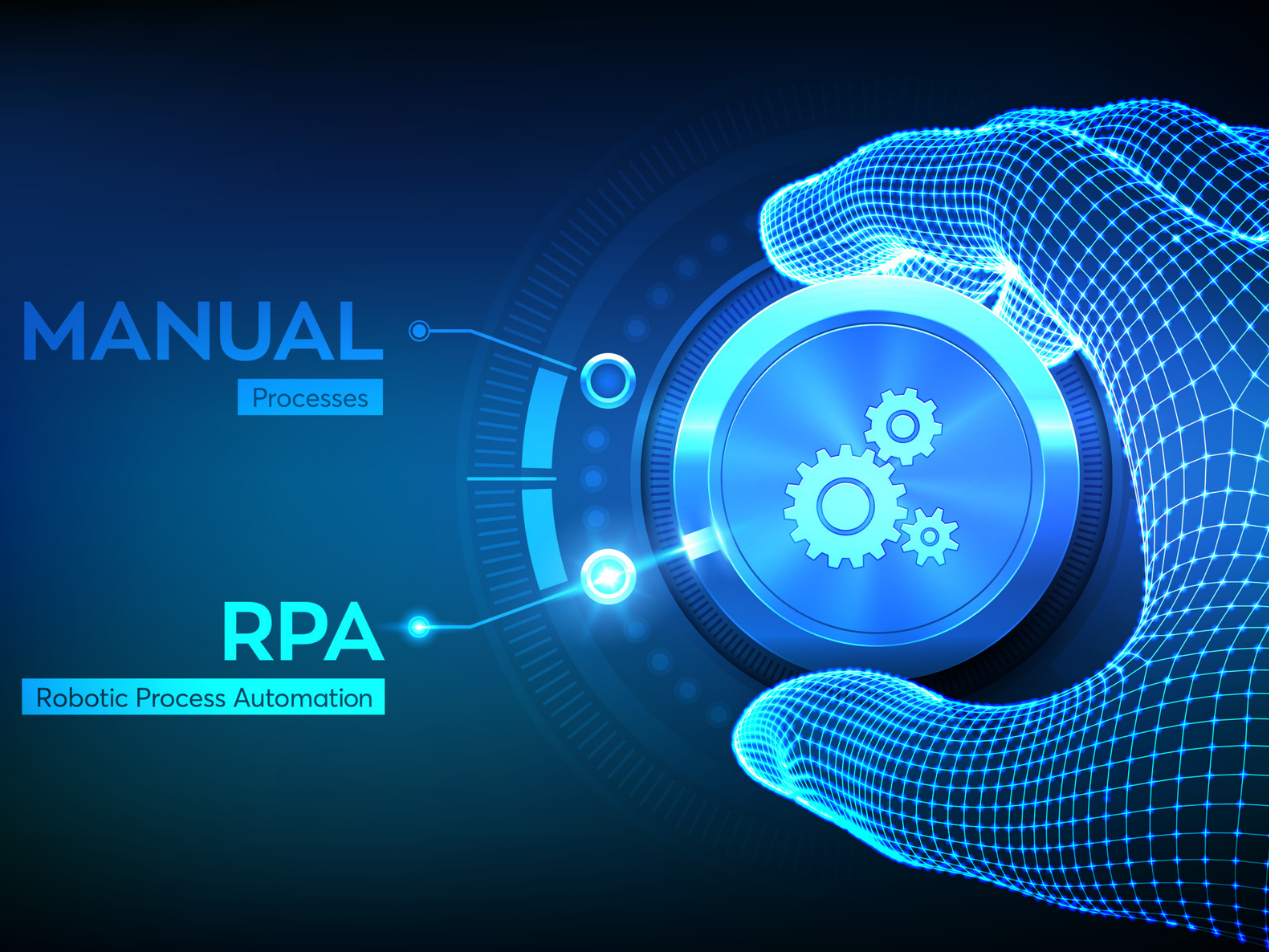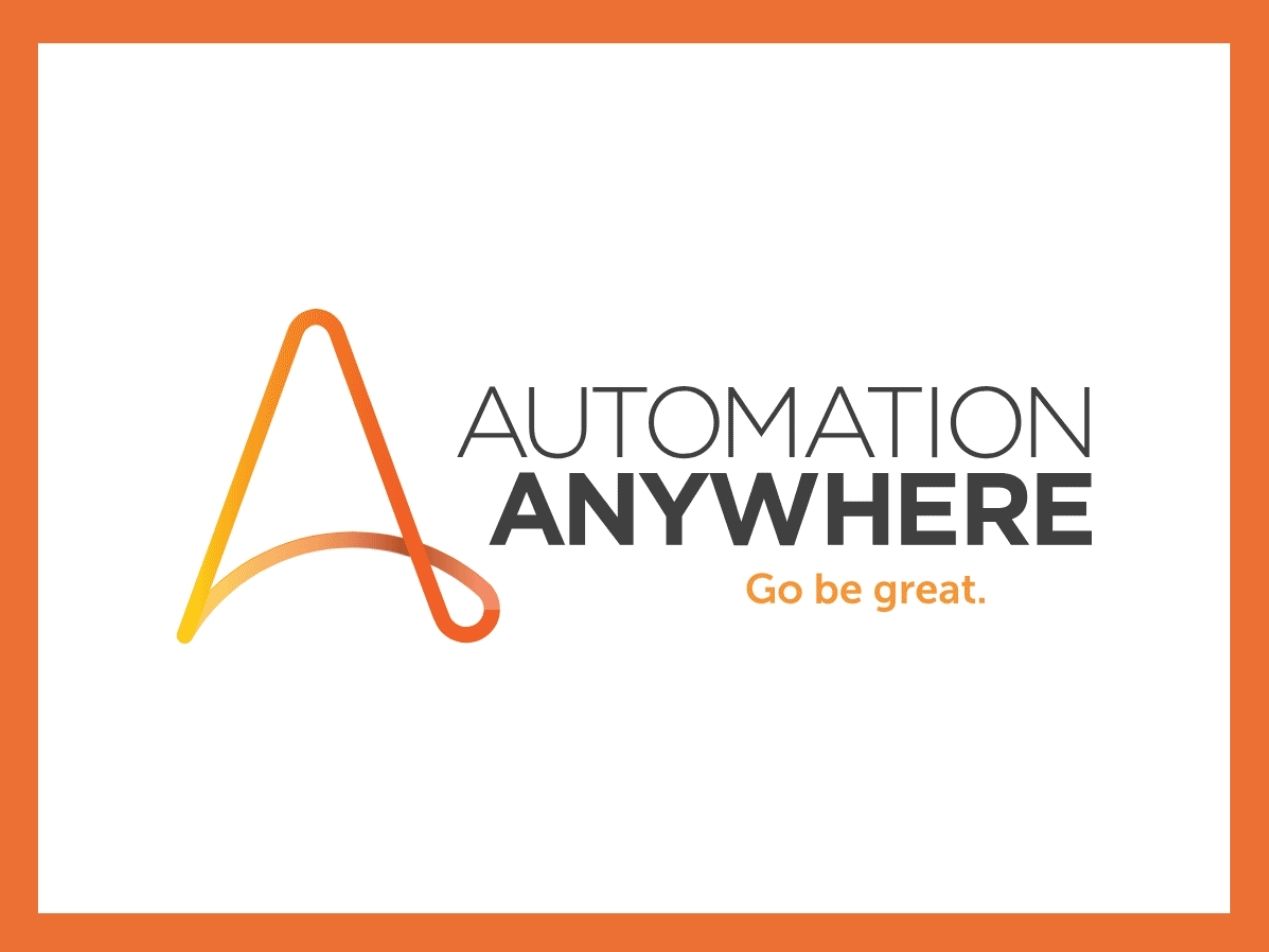
Robotic process automation (RPA), sometimes known as software robotics, uses computer vision, machine learning, and workflow automation to create software robots, or "bots," that can perform routine, repetitive tasks formerly done by human beings. Instead of asking an employee to complete rule-based manual tasks over and over, employers can use RPA to do that work quickly and efficiently. This allows human employees to focus on tasks that require in-depth analysis, creative thinking, and innovation. RPA can also be leveraged along with HIPAA compliant email to automate a variety of tasks, saving time and money.
How RPA works
RPA interacts with existing systems, using scripts to emulate human processes. However, RPA is not artificial intelligence (AI). RPA does not "learn by doing" the way AI can. Instead, a human subject matter expert has to explain each step of a particular task, such as populating a form with data, so that developers can create scripts to automate that process.
Examples of tasks that are good targets for robotic process automation include:
- Online chatbots
- Data extraction
- Fraud detection
- Moving files and data
- Retail returns processing
- Prescription management
- Insurance claim processing
- Healthcare payment processing
- Data entry
Benefits of robotic process automation
Robotic process automation can save businesses money by decreasing the amount of time employees spend on routine tasks. This, in turn, increases employee productivity and morale because staff members are no longer doing boring, repetitive jobs; instead, they can work on tasks that make use of their analytical skills and creativity. RPA improves compliance and reduces errors while quickly processing data and completing repetitive tasks. This efficiency adds to the cost savings robotic process automation can provide. RPA also increases customer satisfaction because customers can access automated customer service functions, such as resolving problems by interacting with a chatbot, at a time that is convenient for them instead of waiting for an office to open. Because it interacts with current systems, RPA does not require extensive coding or substantial changes to existing software systems.
Robotic process automation challenges
Each automated process needs to be scripted with the help of a subject matter expert who fully understands that task. RPA works best with data sources and destinations that do not change. Automating processes will necessarily result in changes to job roles. When a workflow process is automated, there could be a tendency to overlook opportunities to innovate because the process is running smoothly without human intervention.
Robotic process automation in healthcare
As mentioned previously, RPA is already in use in healthcare settings. Healthcare networks are using RPA to complete routine tasks such as prescription management and insurance claim processing. RPA can help healthcare providers improve compliance and reduce errors because each repetition of a task is handled in the same way. RPA can also create detailed audit trails for healthcare processes. As healthcare labor shortages continue to persist, automating workflow processes can help covered entities cope with the challenge of reduced staffing levels. For example, Paubox Email Suite can transcribe incoming voicemail attachments using email artificial intelligence (email AI) and Natural Language Processing . Covered entities can read the transcriptions instead of listening to the original audio, which prevents protected health information (PHI) from being overheard. Here at Paubox, we continue to develop new email AI and RPA features to add to Paubox Email Suite.
Subscribe to Paubox Weekly
Every Friday we'll bring you the most important news from Paubox. Our aim is to make you smarter, faster.



